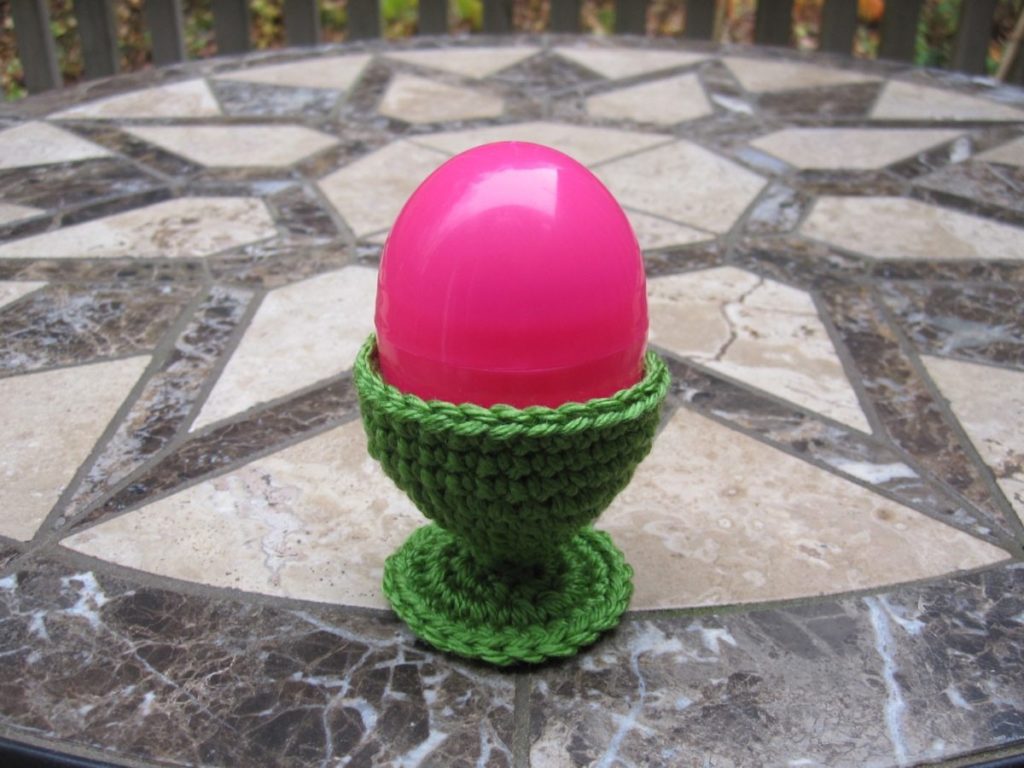
Suppose you want to crochet an egg cup, or a vuvuzela — because who doesn’t? You need a tube that is open at each end, and ideally each end would have that lovely ring of interlocked yarn teardrops. It’s tough, though; one of the limitations of crochet is that if you begin crochet in the round with a chain ring, you have the choice between stitching into one of the teardrop strands (with or without the back bump), stitching around the chain (still no teardrop), or creating something that wants to be a mobius strip.
The solution involves starting in the middle, preferably the narrowest point or a natural break, and crocheting out to each end. In many cases you can do that with a chain ring, but when the point at which you begin is tight (say, four stitches around), the remaining loops of the chain are very hard to find when you go back for the second half. Not to say you can’t still go that route – put stitch markers in them at the beginning. I have what I think is an easier way to go about it, though it requires the starting round have no increases or decreases: foundation single crochet (fsc). [More on fsc after the cut, below, if you need lessons or a refresher.]
Here’s the idea:
Above left: the side where the two ends of the fsc round meet. Right: the side where the second length of yarn was joined. In both the bottom half was stitched first.
The clearest instructions for foundation single crochet that I’ve found are from futuregirl (Alice). She gives a verbal description, then step by step photos, and finally a video, so see her if you’re new to fsc.
Foundation Single Crochet:
1. Chain 2; insert hook into first chain and pull up a loop.
2. Yarn over and pull through first loop on hook (essentially, chain 1).
3. Yarn over and pull through both loops on hook. [One foundation single crochet, fsc, made.]
4. Insert hook into chain made in step 2; pull up a loop.
Repeat from step 2 as many times as desired, but stop after step 3 of the last sc. Basically, step 1/4 creates a location to stitch into, and steps 2 and 3 are a single crochet made in that spot.
The loop on your hook when you begin, and then at the end of each step 3, will be the top teardrop of the next stitch made. The nice thing about foundation single crochet is that the bottom of the strip also has teardrops; these are made by the chaining action in step 2. To use them you insert your hook in the same spot you did in step 4 (or, in the case of the last stitch, where you would have had you continued). It can be helpful to mark them with paper clips or other stitch markers, especially if you’ll be working in a confined space.
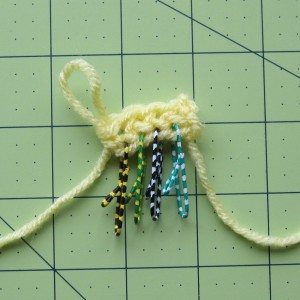
As a final note, when I first learned foundation single crochet I still had a tight bottom edge, one thing fsc is specifically supposed to alleviate. That bottom chain is made in step 2, but it consists of the loop on the hook at the end of step 1/4. If your fsc strip is curling downward (away from the teardrops made from the loop on the hook at the end of each step 3), pull the step 1/4 loop up a little taller.
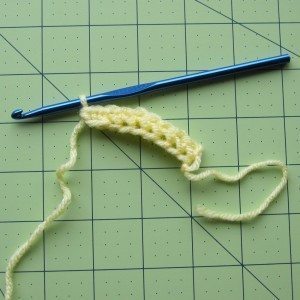
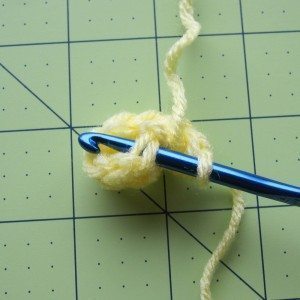
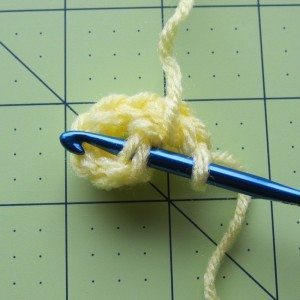
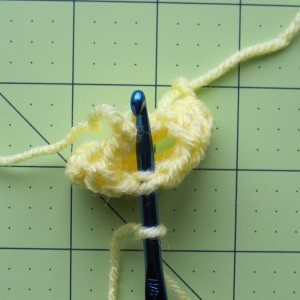
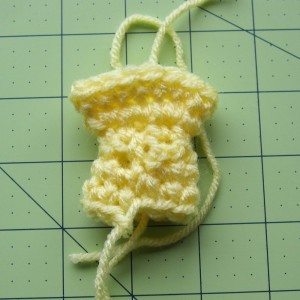
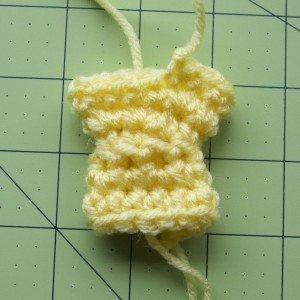
I learned of egg cups from Monty Python (Terry Gilliam, really) when I was little, but I still have never seen have yet to see anyone actually use one. That method yields some nice results.
Apparently they are still used regularly in parts of Britain. I learned that online recently, though I now don’t remember if it was as part of preparation for this post or completely unrelated.